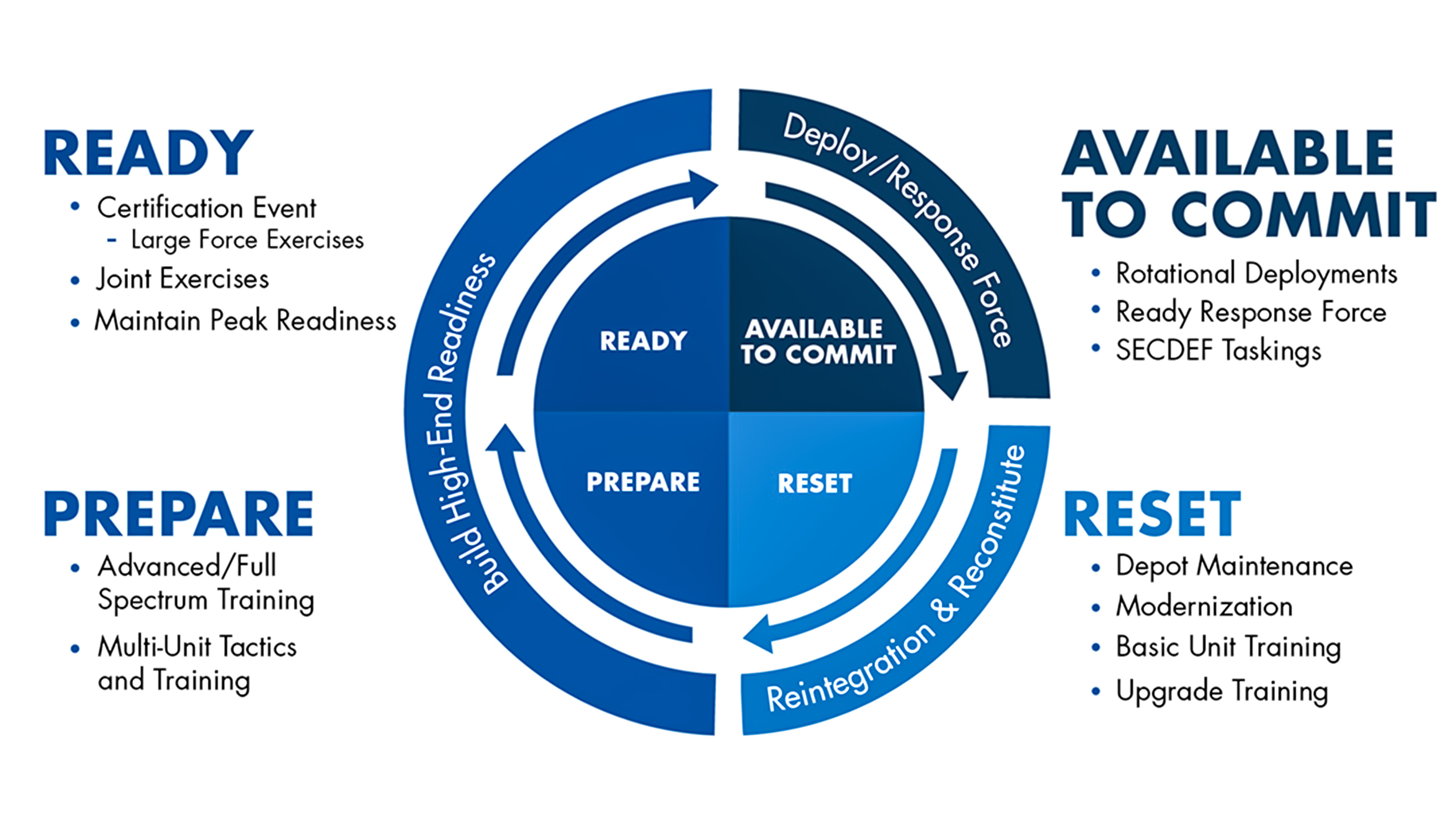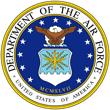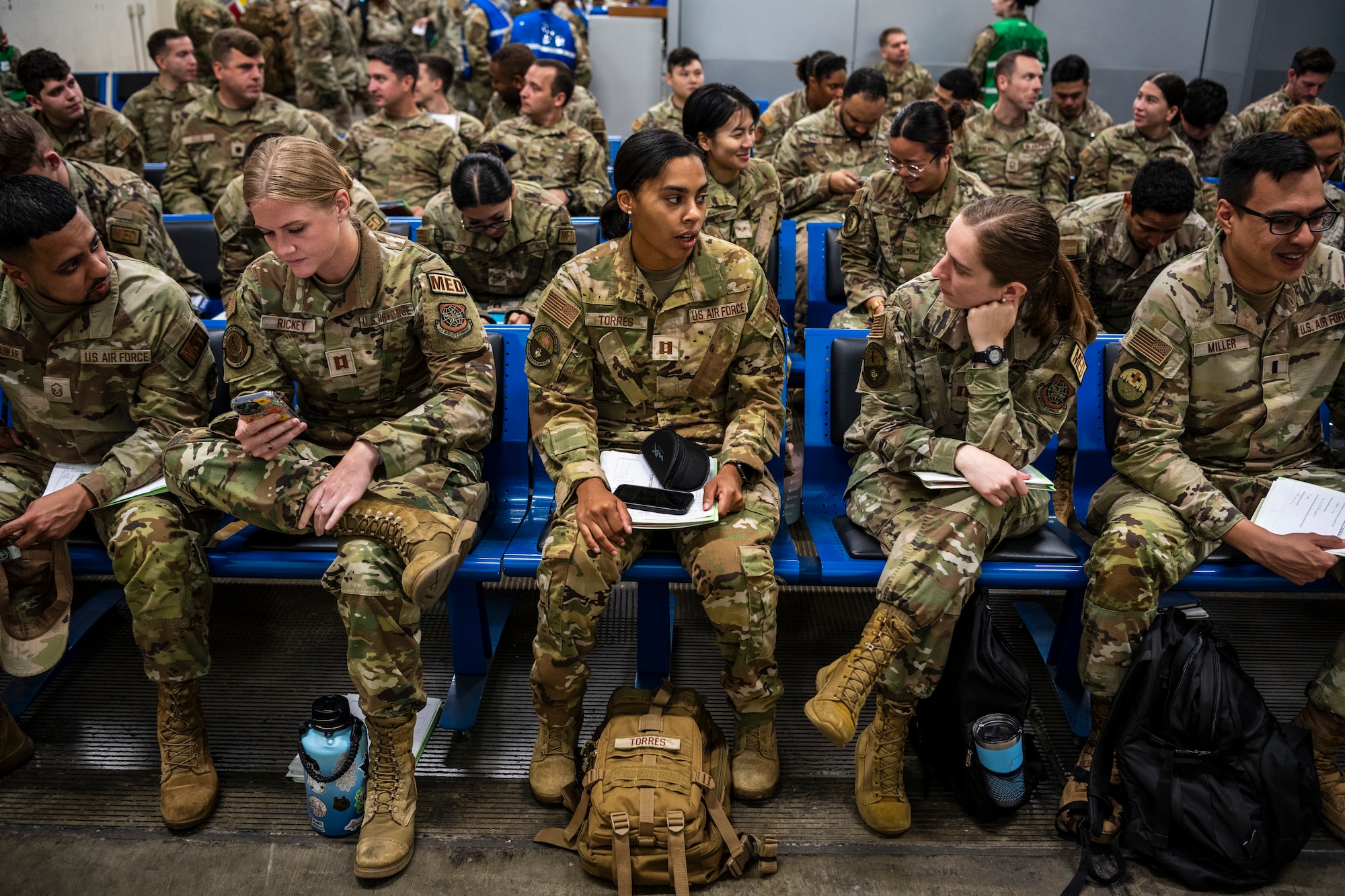Line of Effort: Mission Readiness
"The Air Force and Space Force are incredibly capable, but we need to reoptimize the department for greater power projection and for great power competition. The war we need to be most ready for, if we want to optimize our readiness to deter or respond to the pacing challenge, is not the type of conflict we have been focused on for many years."
05:42
The Air Force must recruit and retain the force we need to fly, fight, and win. Today’s Air Force answers our nation’s call with an experienced corps of full-time and part-time officers, enlisted Airmen, and civilians. We must transform those superb available forces into a force more fully capable of winning against our pacing challenge.
The world remains a dangerous place where Airmen are leading efforts to monitor threats, deter aggression, strengthen our international partnerships, and help those in need. Ready, empowered Airmen are the foundation of our success, and we owe them the capabilities and concepts needed to deter tomorrow’s conflicts or prevail if deterrence fails. We are pairing efforts to give them more advanced weapons with new training and education programs that best prepare them for future challenges.
AFFORGEN
Air Force Force Generation
AFFORGEN establishes a 24-month rotational cycle broken into four, six-month phases: Prepare, Certify, Available and Reset. Airmen and units build readiness through the prepare and certify phases, deploy during the available phase and reintegrate and reconstitute during the reset phase.

While Airmen in joint assignments do not typically support Air Force deployments, they could be tasked worldwide and should ensure they remain ready. Airmen assigned to the air components of combatant commands, such as Indo-Pacific Command or European Command, may deploy for operations and exercises within their specific CCMD’s area of responsibility. However, in some cases they may also be tasked to deploy outside of that AOR.
AFFORGEN will continue to evolve as Airmen deploy and provide lessons learned to their units. The Headquarters Air Force Lessons Learned Directorate, along with the Headquarters Air Force Directorate of Operations are the focal points for AFFORGEN-related lessons learned, studies, analyses, assessments, modeling, simulation and policy. In addition, the Air Force Expeditionary Center is responsible for developing a standardized way for commanders to coordinate training, share lessons and mentor their successors.





